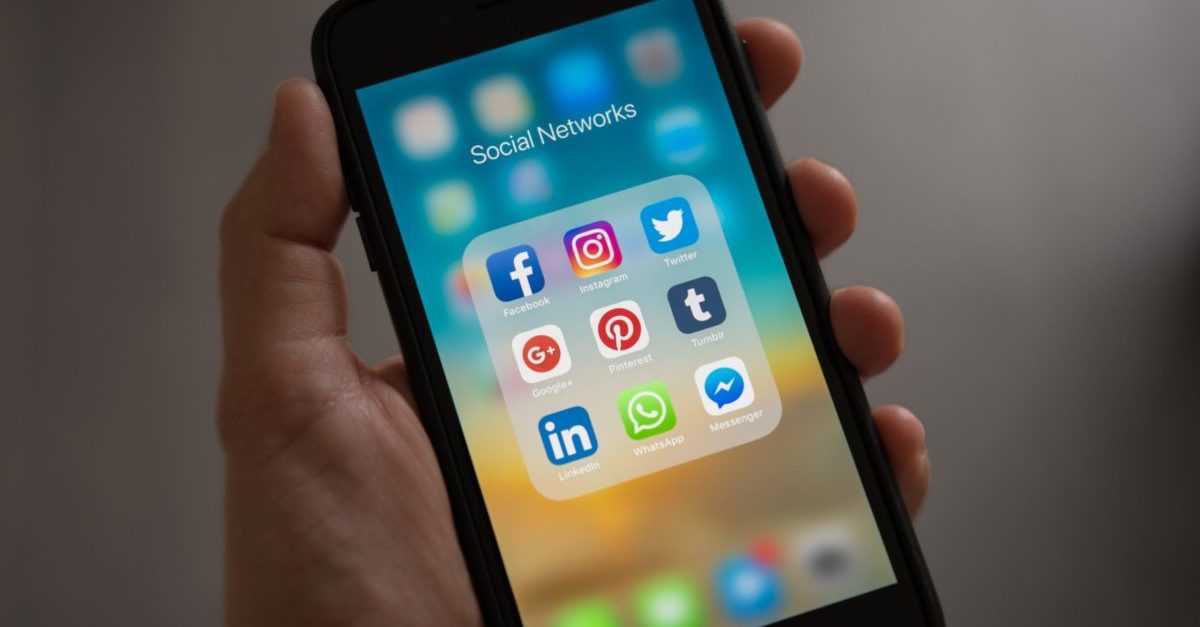LinkedIn can be a risky place to test new ideas since it’s hyper-focused on your professional network, while other forms of social media are more blended. On LinkedIn, your business’s reputation is on the line, and mistakes can be a waste of time and money.
Here are five common LinkedIn advertising pitfalls and our best advice for how to avoid them:
1. Pinning All Your Conversion Hopes on One Ad Type
With a $10 per day minimum ad spend, LinkedIn is one of the more expensive options for advertising on social media. But responding to the expense by creating just one kind of ad is a mistake. You don’t need to limit your creative team or audience reach just because you’re limiting your spending to one campaign.
Multiple ads per campaign are allowable within the structure of LinkedIn advertising. You can – and should – create at least four or five ads with different content, images, and designs, both to attract different potential customers and to test out a variety of ideas for your next campaign (more on that in number five, below).
2. Targeting Your Ads Too Tightly (Without Even Knowing It)
Targeting is where LinkedIn ads shine – between detailed, constantly updated user data and tons of categories to choose from, you can focus your ads to as specific of an audience as you want.
But that can be a dangerous temptation since a too-tight target can shut out potential engagement. As of 2020, LinkedIn had over 700 million users, which might seem like enough to eliminate the risk of over-targeting. But you might be surprised at how easy it is to shrink your audience down to a few hundred by specifying too many targets at once.
Like anything else, the key here is balance – and understanding your tools. Selecting more than one target audience expands your reach, but adding the second category of attributes can then contract it. Play around with the options, keeping an eye on the ‘estimated audience’ number at the top right. When you’ve targeted the audience you want, and your count is appropriate to the campaign, you’re ready for the next step.
3. Neglecting the Matched Audiences Feature
Another targeting benefit of LinkedIn ads is the Matched Audiences feature, which enables you to target email contacts, employees of your target accounts, and previous visitors to your company’s website. This lets you home in on potential customers who’ve already shown interest in your organization, as well as those who are likely to be interested based on their industry.
Because the targeting options mentioned in the section above are so extensive, many users skip over the Matched Audiences option altogether, which is poor judgment. The reciprocity of this feature – you provide the data you already have to LinkedIn, which then allows them to target more effectively on your behalf – can get you better results with little added effort.
4. Not Taking Into Account the Customer Journey
Different kinds of ads are appropriate for different parts of the customer journey. Sponsored InMail, for example, can be off-putting to brand new customers, while people who know your organization a little better won’t be so startled to see you in their inbox. It’s important to consider the goals of your campaign and adjust your ads to meet customers at their location in the marketing funnel.
5. Forgetting to Track Conversions
As mentioned above, you should create various ads for your LinkedIn campaign, and then you should track the data on engagement and conversions from each type of ad. This may seem obvious – marketing is all about data tracking – but it’s a surprisingly easy mistake to make.
LinkedIn requires an opt-in for conversion tracking during the setup stage, with conversion name, settings, and tracking method options. Make sure you don’t miss your chance to track this data since you’ll want to refer to it when you design your next campaign.
LinkedIn ads are more complicated than ads on other platforms, with more options for ad type and audience targeting. This makes them a great tool for marketing campaigns, but it also makes the learning curve steeper. And because they’re pricey, there’s a higher cost associated with mistakes.
Once you learn the platform and take our tips into consideration, you’ll be ready to launch a great campaign!
